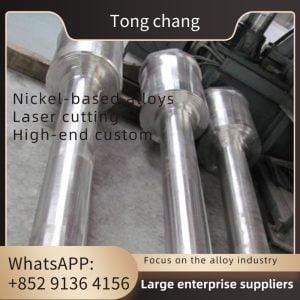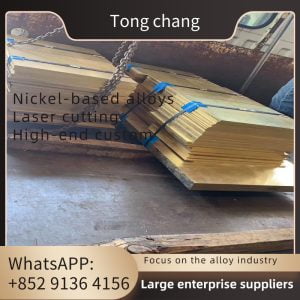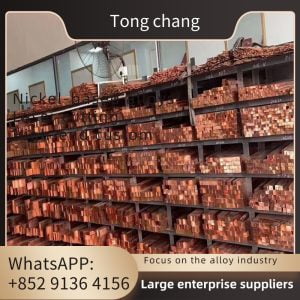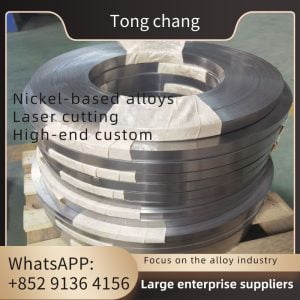| Standard: | ASTM A249 | Material Grade: | TP316Ti |
|---|---|---|---|
| Type: | Seamless / ERW / Welded | End: | Plain End, Beveled End, Treaded |
| Packing: | Ply-wooden Case /Iron Case/ Bundle | Appllication: | Petrochemical/ Aviation /Food |
ASTM A249 TP316Ti Stainless Steel Welded Tube, Petrochemical ,Heat Exchangers, Oil and Gas
ASTM A269/ASTM A349 , ASME SA269/ ASME SA249 are specifications for stainless steel pipes commonly used in high temperature and corrosive environments. These specifications cover tubes made of austenitic stainless steel grades such as 304, 304L, 316, and 316L, which specify various sizes, tolerances, and mechanical properties of these tubes.
Stainless steel seamless tubes manufactured to these specifications are commonly used in applications such as chemical processing, pharmaceutical, food and beverage processing, and oil and gas exploration and production. They have excellent corrosion and high temperature resistance, making them ideal for use in harsh environments.
When ordering stainless steel seamless tubing, it is important to specify the appropriate ASTM and ASME specifications, as well as the required dimensions, wall thickness, and length. This will ensure that you receive the right product for your application and that it meets the necessary performance requirements.
ASTM A269 /A249 Stainless Steel Tube advantage:
1. Corrosion resistance:
One of the main advantages of Stainless Steel is its excellent corrosion resistance. This makes them ideal for use in harsh environments, such as chemical processing plants, where exposure to corrosive substances is common.
2. High temperature resistance:
Stainless Steels can also withstand high temperatures without deforming or losing their strength. This makes them suitable for use in high temperature applications, such as in furnaces and boilers.
3. Low maintenance:
Stainless steel is a low-maintenance material that is easy to clean and does not require frequent servicing or replacement. This makes it a cost-effective option for many applications.
4. Strength and durability:
Stainless Steels are robust and can withstand heavy loads and high pressures without deformation or fracture. This makes them suitable for a wide range of applications, including structural and mechanical applications.
5. Versatility:
Stainless Steels come in a variety of sizes and thicknesses, and they can be easily manufactured to meet the specific needs of different applications. They are also compatible with a variety of other materials, making them a universal choice for many industrial applications.
Overall, the use of ASTM A269 stainless steel seamless tubing offers many advantages over other materials, making it a popular choice for many industries.
Chemical Composition of 316TI Stainless Steel Pipes and Tubes
| Element | Min | Max |
| C | – | 0.08 |
| Si | – | 0.75 |
| Mn | – | 2 |
| P | – | 0.45 |
| S | – | 0.03 |
| Cr | 16 | 18 |
| Mo | 2 | 3 |
| N | – | 0.1 |
| Fe | Balance | |
| Ni | 10 | 14 |
| Ti | 5x%(C+N) | |
Mechanical Properties of 316TI Stainless Steel Pipes and Tubes
| Temper | Annealed | |
|---|---|---|
| Tensile Rm | 75 | ksi (min) |
| Tensile Rm | 515 | MPa (min) |
| R.p. 0.2% Yield | 30 | ksi (min) |
| R.p. 0.2% Yield | 205 | MPa (min) |
| Elongation (2” or 4D gl) | 35 | % (min) |
316TI Stainless Steel Pipes and Tubes Physical Properties
| Specific Heat (0-100°C) | 500 | J.kg-1.°K-1 |
| Thermal Conductivity | 14.6 | W.m -1.°K-1 |
| Thermal Expansion | 16.5 | mm/m/°C |
| Modulus Elasticity | 193 | GPa |
| Electrical Resistivity | 7.4 | μohm/cm |
| Density | 7.99 | g/cm3 |




